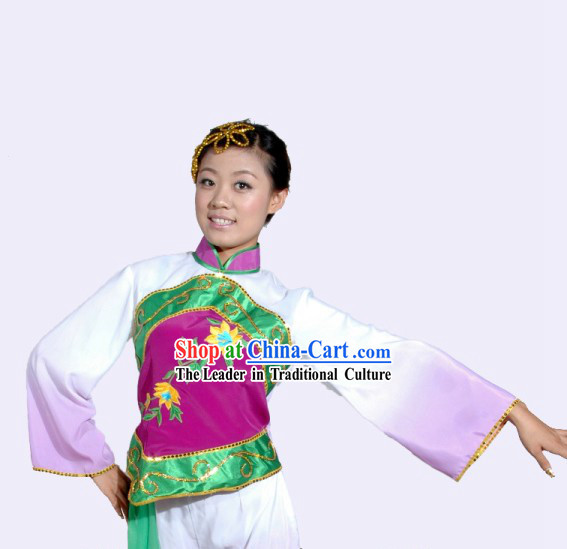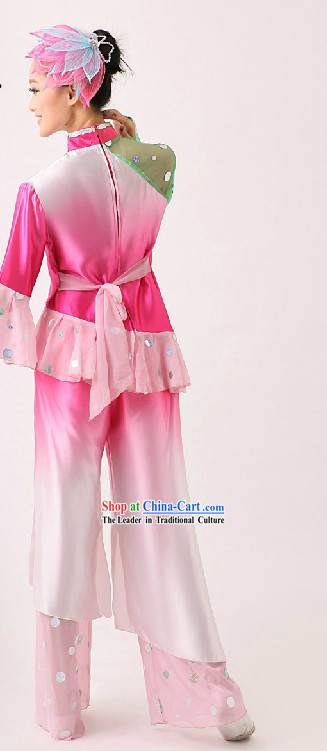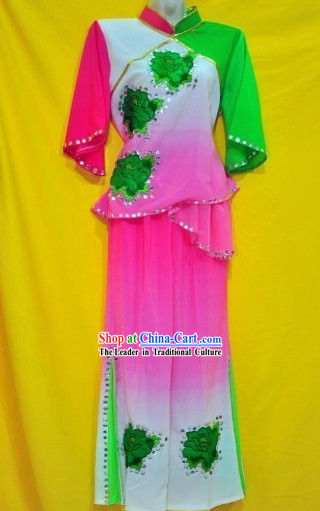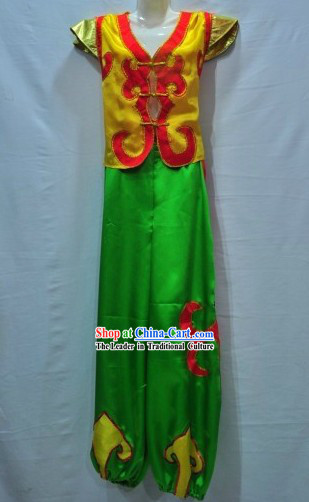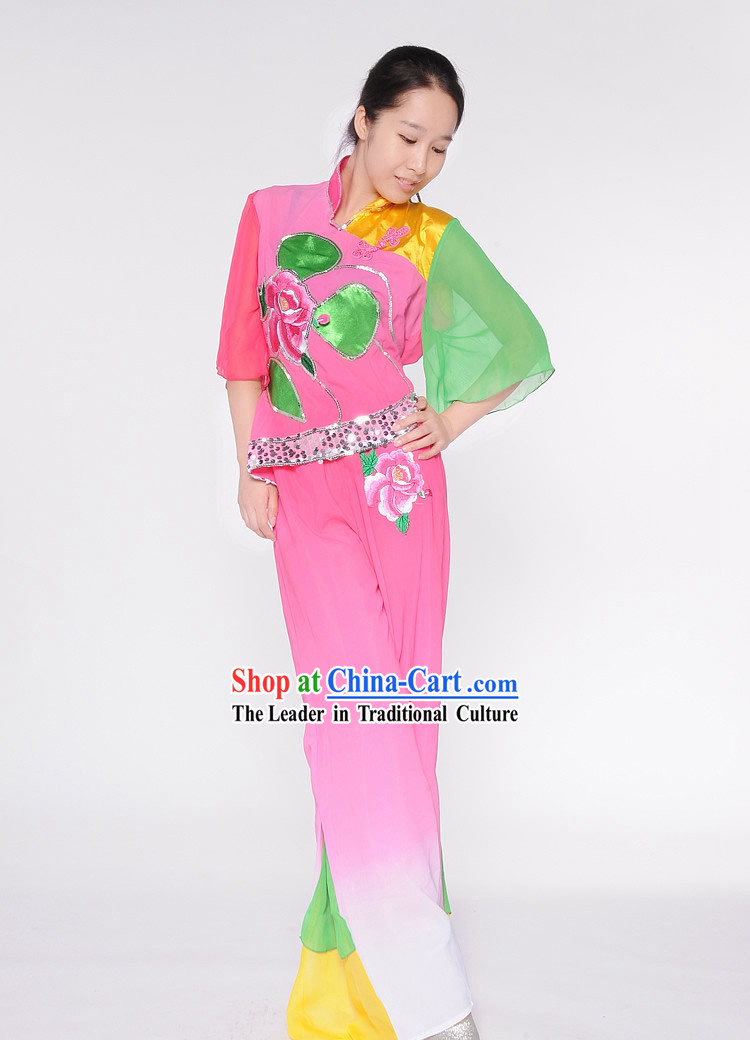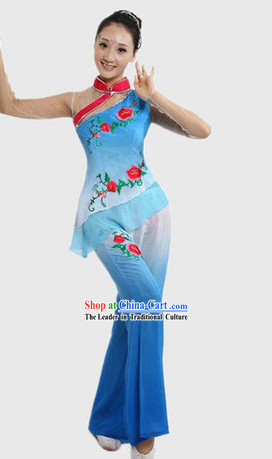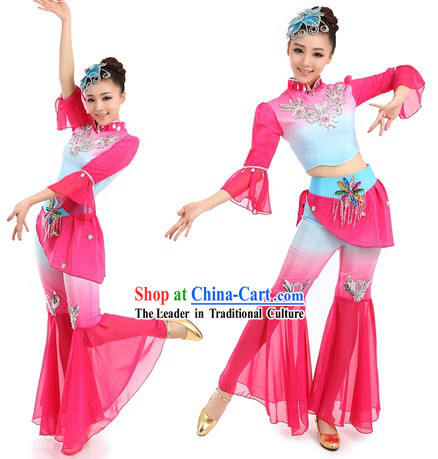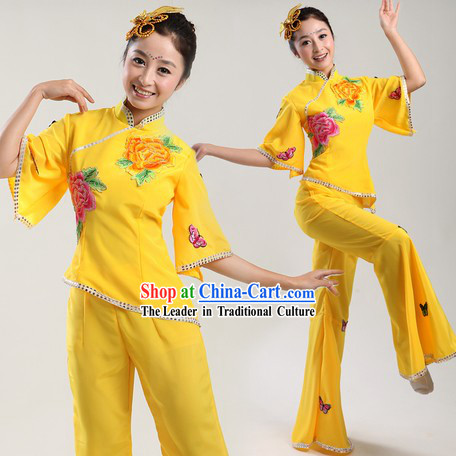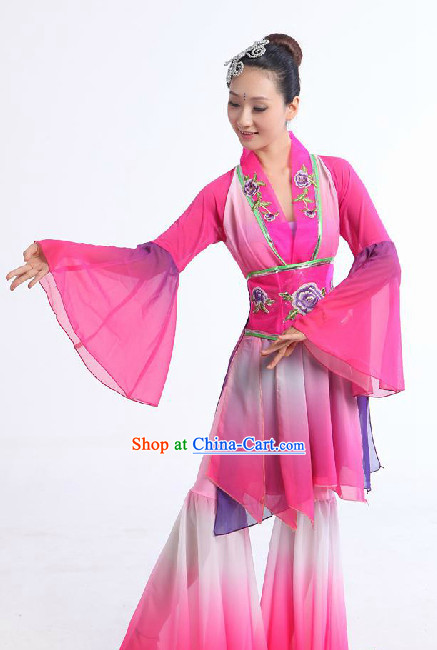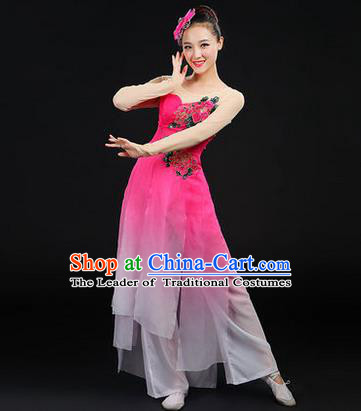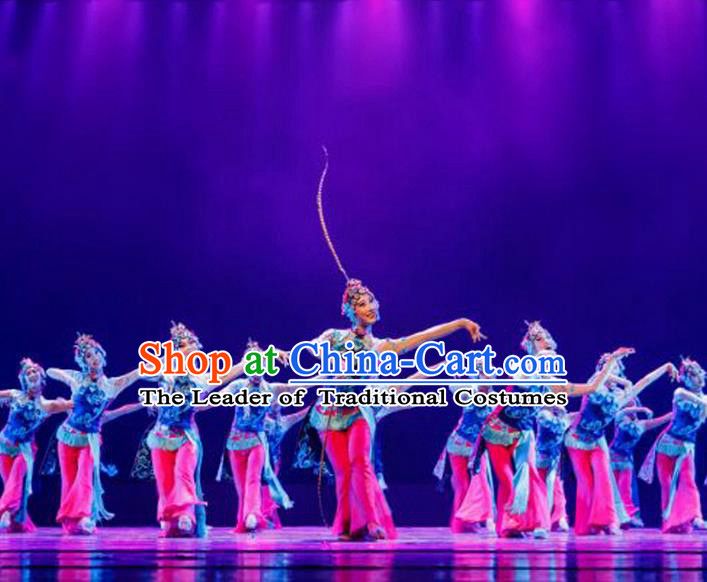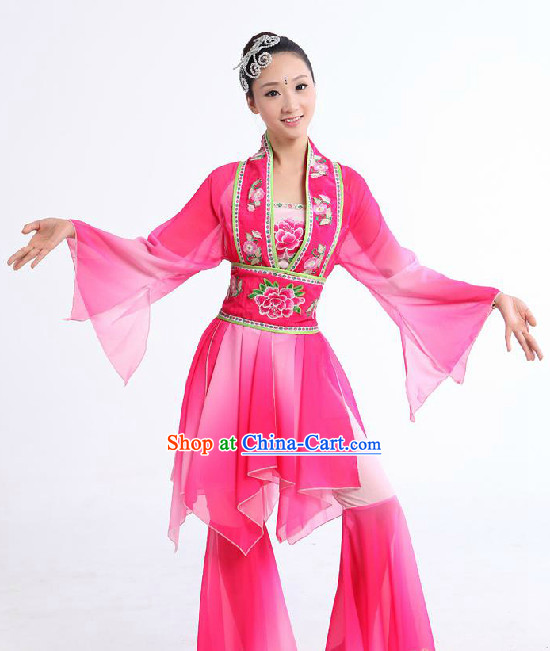
Click Related Pictures for More Audios:
Chinese classical dance costumes, with their exquisite craftsmanship and unique designs, showcase the charm of ancient Chinese culture.
These costumes are usually made of silk and are brightly colored with a sense of layering.
They not only serve practical purposes but also have artistic value, making them an important part of ancient Chinese culture.
In ancient China, dance was an important art form that expressed emotions and stories through body movements and facial expressions.
Therefore, the design of dance costumes needed to be coordinated with the dance movements so that the dancers could better display their skills and expressiveness.
Chinese classical dance costumes often use complex embroidery techniques to incorporate various patterns and decorations into the costumes.
These patterns often have symbolic meanings, representing different cultural elements and social values.
For example, the dragon is a symbol of good fortune in traditional Chinese culture and is often seen on dance costumes, symbolizing power and nobility.
In addition to patterns, Chinese classical dance costumes also pay attention to detail.
For example, the edges of skirts are often designed with fringes or pleats, adding visual layers and movement.
Furthermore, the colors of the costumes are also very important; they usually choose bright and vibrant colors to attract the audience's attention and enhance the visual effects of the performance.
In conclusion, Chinese classical dance costumes, with their exquisite craftsmanship, unique designs, and rich cultural connotations, have become an important representative of ancient Chinese culture.
They not only provide comfort and protection for the dancers but also bring visual enjoyment and cultural enlightenment to the audience.
